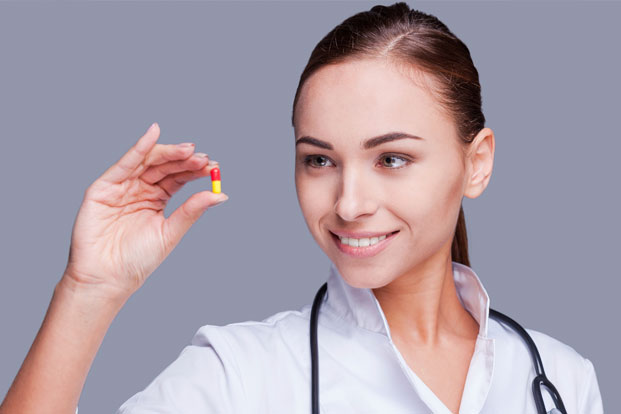Ever complain about the itchiness of a mosquito bite, only to have a friend hand you two aspirins? Though you may think your friend has gone to la-la land, she is completely right to hand you the aspirins. This is one of the off-label uses of over-the-counter (OTC) medications.
Off-label use of an OTC med is defined as the use of pharmaceutical drugs for unapproved indications, or dosages, or form of administration. Both prescription drugs and OTC drugs can be used off-label, but one must be aware that most studies have focused on the use of prescription drugs.
So caution should be taken even with OTC drugs alternatives. If it starts to hurt, or sting, the application of the drug should be immediately stopped and skin or scalp rinsed off thoroughly. With a little common sense of their uses, the following OTC meds may be valuable additions to your medicine cabinet – but outside of its intended uses.
Menthol has also been shown to ease migraine pain. In a study, it was demonstrated that Vick’s applied to the forehead and temple of migraine sufferers relieved headache symptoms. Other components in Vick’s have anti-fungal qualities so it can be used in cases of nail fungus. Apply twice a day to affected nail.
Salicylic acid in aspirin is a great exfoliator, and as such, a great add-in to your shampoo to stop those nasty dandruff flakes. Crush up a few aspirin and mix it to a paste. Mix that with your regular shampoo, leaving it on your hair for a few minutes. If it starts to burn, rinse it off right away, your scalp is sensitive to the salicylic acid.
Another off-label use for aspirin is one that has been around for what seems like forever. There are millions of Americans on an aspirin regimen for their heart conditions. Generally, aspirin is an anti-inflammatory medication and so is used as an anti-blood clotting drug.
Benedryl also interferes with the histamines that send nausea signals to our brain. Because of this, it is often used as an anti-nausea drug and a remedy for seasickness.
The same vasoconstrictor compound also tightens skin so if you want to show off your muscles, just slather this on and your time at the gym will be well demonstrated.
Preparation H is also a very good ointment for the treatment of fever blisters and mouth sores. Just dab a little on the affected area.
Since there seems to be a plethora of off-label uses for OTC drugs, here are some other available off-beat remedies using commonly available drugs.
Okay, so maybe toothpaste doesn’t “fit” as a medication, but it is sold OTC. Toothpaste not only keeps your pearly whites bright and clean but can also keep your skin clear as well. The baking soda and hydrogen peroxide found in most toothpastes today helps get rid of pimples in two ways.
One, it kills bacteria and two, it dries and exfoliates skin. It is not as effective as acne cream, but if you are out of the cream and discover a pimple breaking out, dap a little toothpaste on it.
Hydrocortisone ointment is typically used to stop itching but this topical steroid can also sooth cracked, dry lips. Apply it twice a day to only the dry outer lip to reduce inflammation in severely chapped lips. Don’t get this in your mouth – the taste is awful. Also, avoid prolonged use.
Sudafed can have a stimulating effect on a person that is similar to caffeine. It is normally used as a decongestant but in this application, one has to be careful of side effects like an adrenaline kick – rapid heart rate, palpitations and an increase in blood pressure.
Dramamine, the motion sickness medication, can be used as a sleep aid as it causes drowsiness. It is related to anti-anxiety medications — so it may have a mild effect on anxiety.
Gyne-Lotrimin is commonly used by women for yeast infections, but it can also be used for jock itch, athlete’s foot, ringworm and diaper rashes.
So armed with this information of off-label uses of OTC drugs, you can put together an emergency supply kit of these little-known uses for these well-known drugs.

Leave a Reply